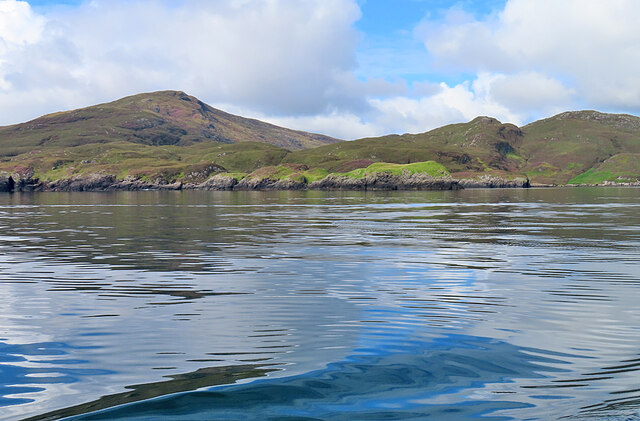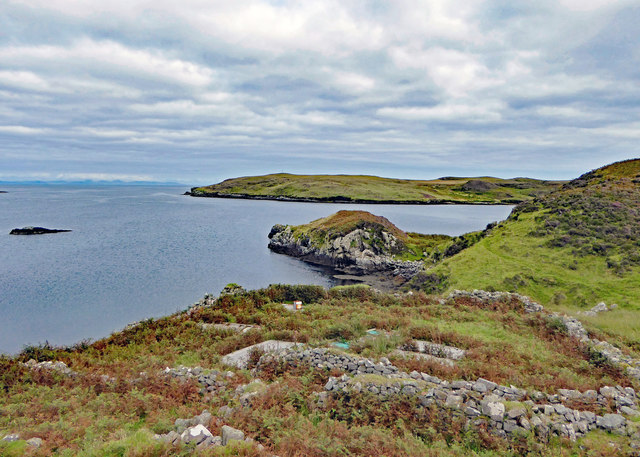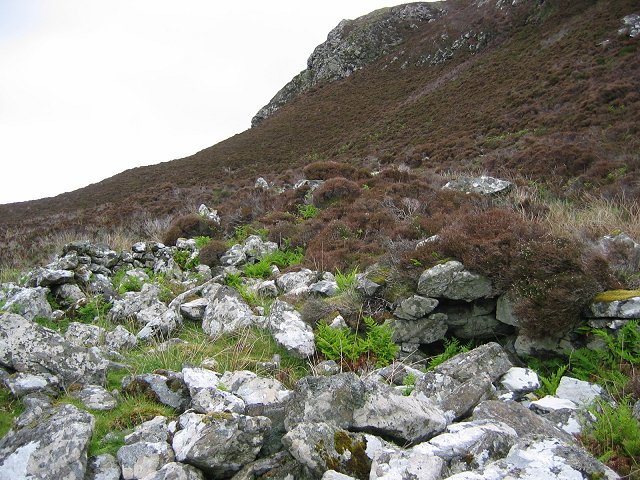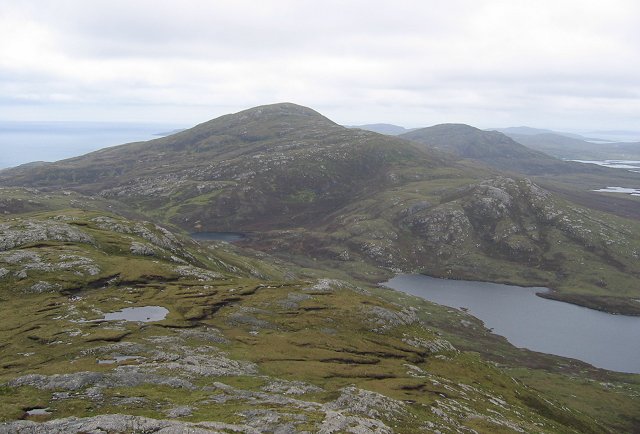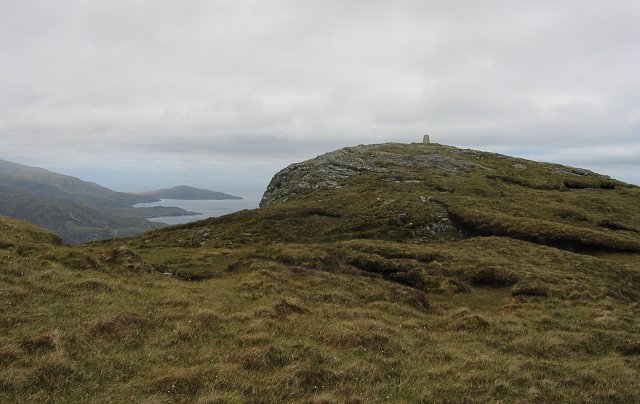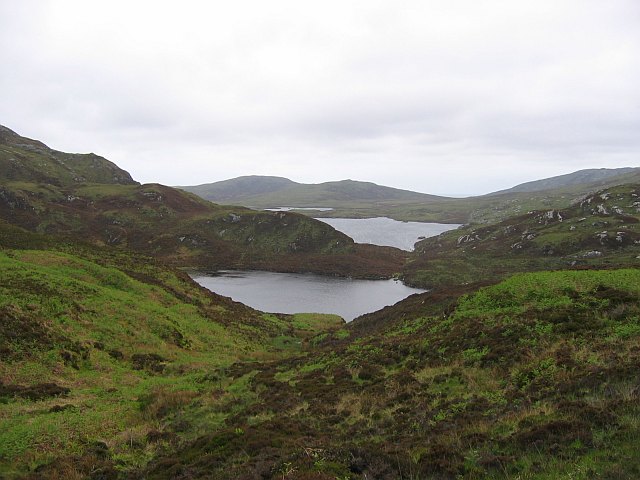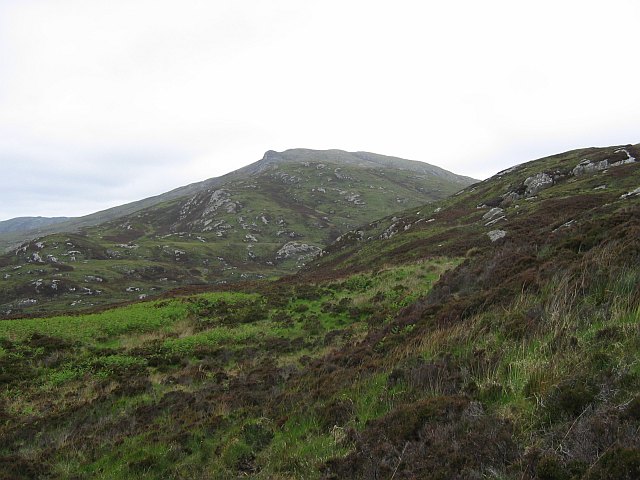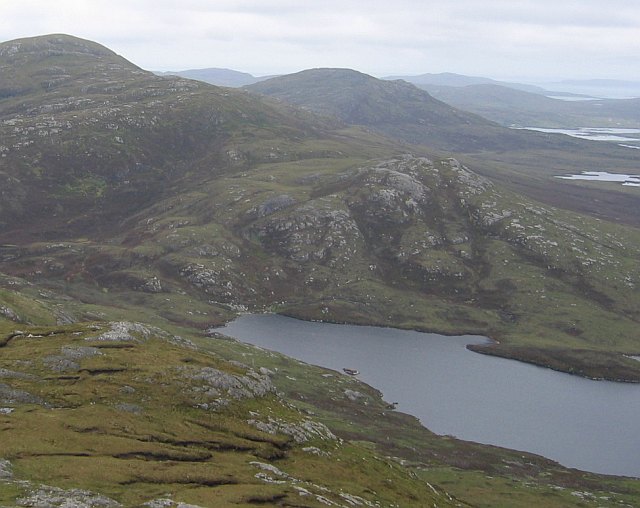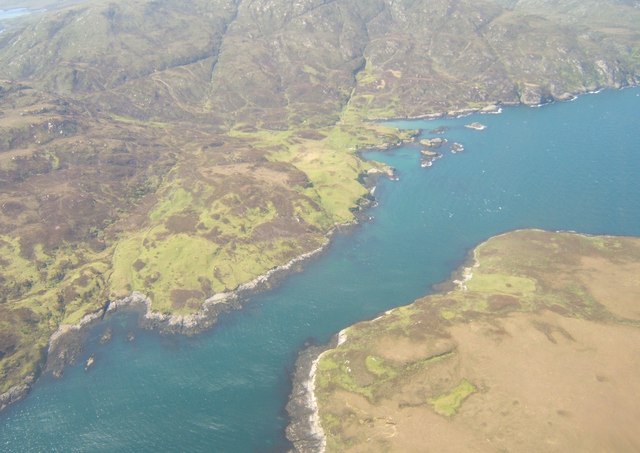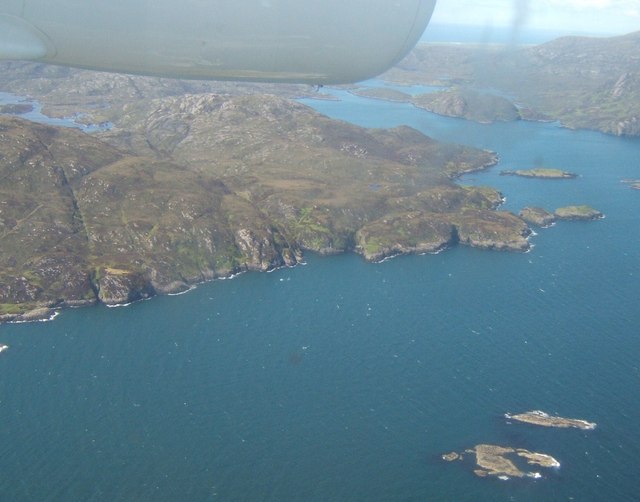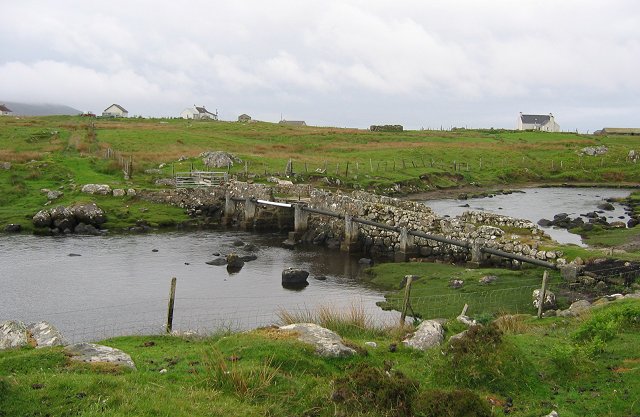Bàgh na Cairidh Mòire
Bay in Inverness-shire
Scotland
Bàgh na Cairidh Mòire

Bàgh na Cairidh Mòire, also known as Bay of Cawdor, is a picturesque bay located in Inverness-shire, Scotland. Situated on the eastern coast of the country, this bay offers stunning natural beauty and a rich historical background.
The bay is surrounded by rolling hills and lush greenery, creating a serene and tranquil atmosphere. The sparkling blue waters of the bay are a sight to behold, reflecting the clear skies above. The sandy beach that lines the bay is a popular spot for locals and tourists alike, offering opportunities for leisurely walks, sunbathing, and picnicking.
Besides its natural beauty, Bàgh na Cairidh Mòire is also steeped in history. The bay is closely associated with the nearby Cawdor Castle, a well-preserved medieval fortress that dates back to the 14th century. This castle, with its beautiful gardens and fascinating artifacts, attracts visitors from all over the world.
The bay also offers a range of activities for outdoor enthusiasts. Fishing is a popular pastime, with the bay being home to a variety of fish species, including salmon and trout. The surrounding hills provide opportunities for hiking and birdwatching, with several trails offering breathtaking views of the bay and the surrounding countryside.
In conclusion, Bàgh na Cairidh Mòire is a stunning bay in Inverness-shire, offering a perfect blend of natural beauty and historical charm. Whether you are looking to relax on the beach, explore a medieval castle, or engage in outdoor activities, this bay has something to offer for everyone.
If you have any feedback on the listing, please let us know in the comments section below.
Bàgh na Cairidh Mòire Images
Images are sourced within 2km of 57.194976/-7.2646794 or Grid Reference NF8223. Thanks to Geograph Open Source API. All images are credited.


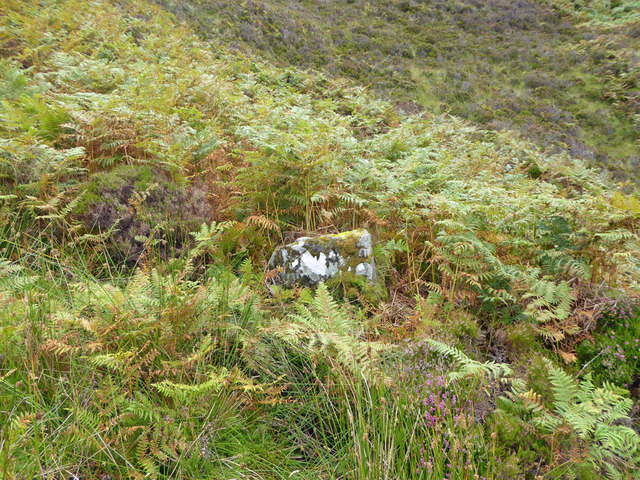
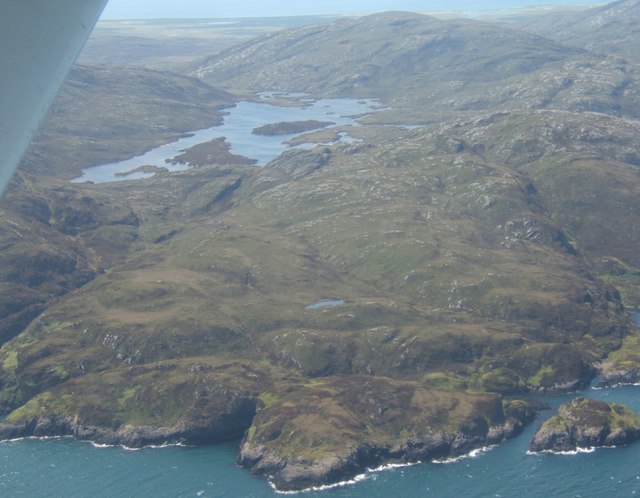
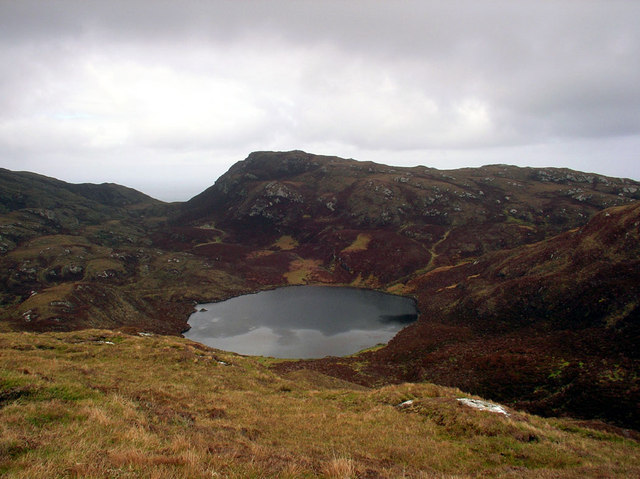
Bàgh na Cairidh Mòire is located at Grid Ref: NF8223 (Lat: 57.194976, Lng: -7.2646794)
Unitary Authority: Na h-Eileanan an Iar
Police Authority: Highlands and Islands
What 3 Words
///custard.piles.perfected. Near Lochboisdale, Na h-Eileanan Siar
Related Wikis
Stuley
Stuley is an island lying to the east of South Uist in the Outer Hebrides, Scotland. It lies off the section of coastline between Loch Eynort and Loch...
Beinn Ruigh Choinnich
Beinn Ruigh Choinnich is a hill which overlooks the port of Lochboisdale on the east coast of the island of South Uist in the Outer Hebrides Scotland....
Auratote
Auratote (Scottish Gaelic: Oratobht) is a location on South Uist in the Outer Hebrides, Scotland. Auratote is within the parish of South Uist. == References... ==
Lochboisdale
Lochboisdale (Scottish Gaelic: Loch Baghasdail [ɫ̪ɔx ˈbɤːs̪t̪ɪl]) is the main village and port on the island of South Uist, Outer Hebrides, Scotland. Lochboisdale...
Nearby Amenities
Located within 500m of 57.194976,-7.2646794Have you been to Bàgh na Cairidh Mòire?
Leave your review of Bàgh na Cairidh Mòire below (or comments, questions and feedback).
